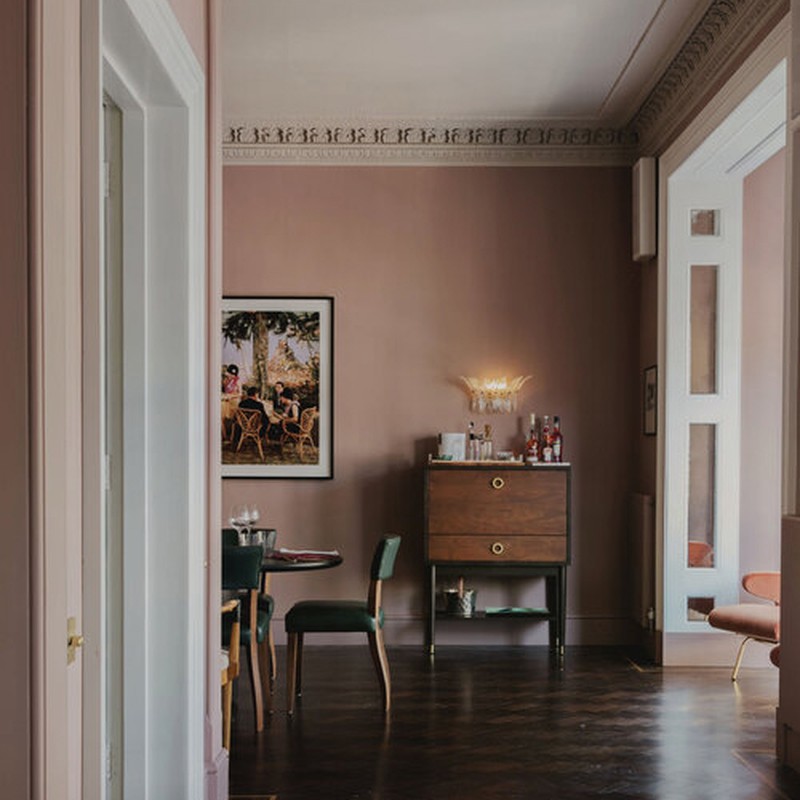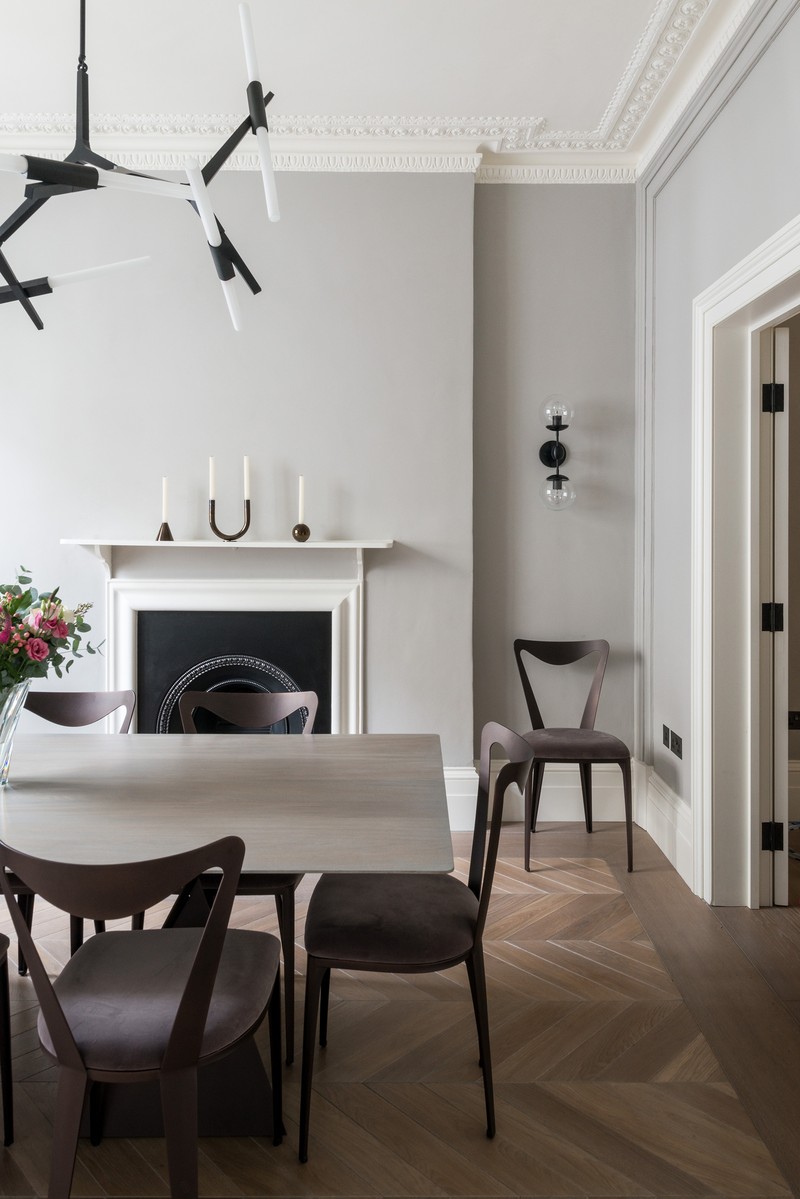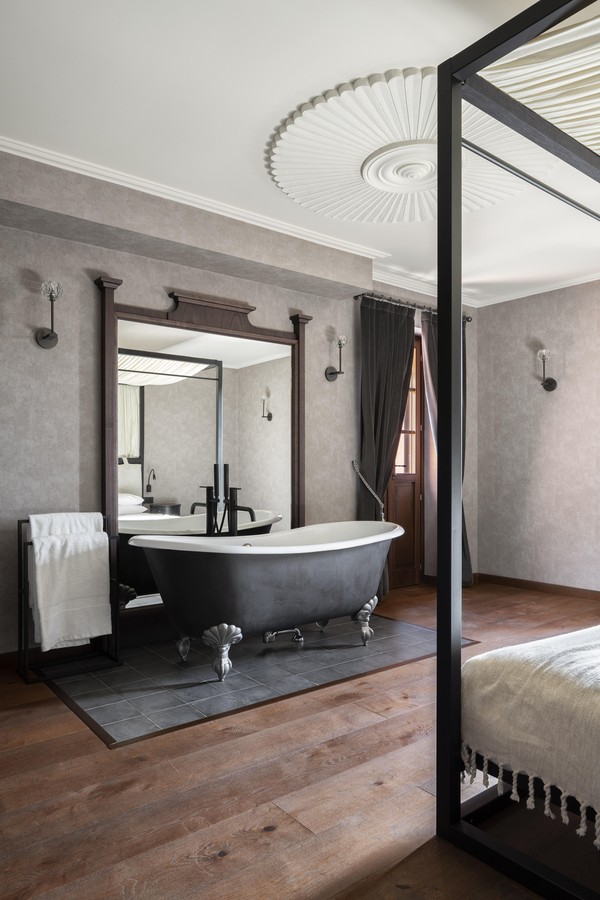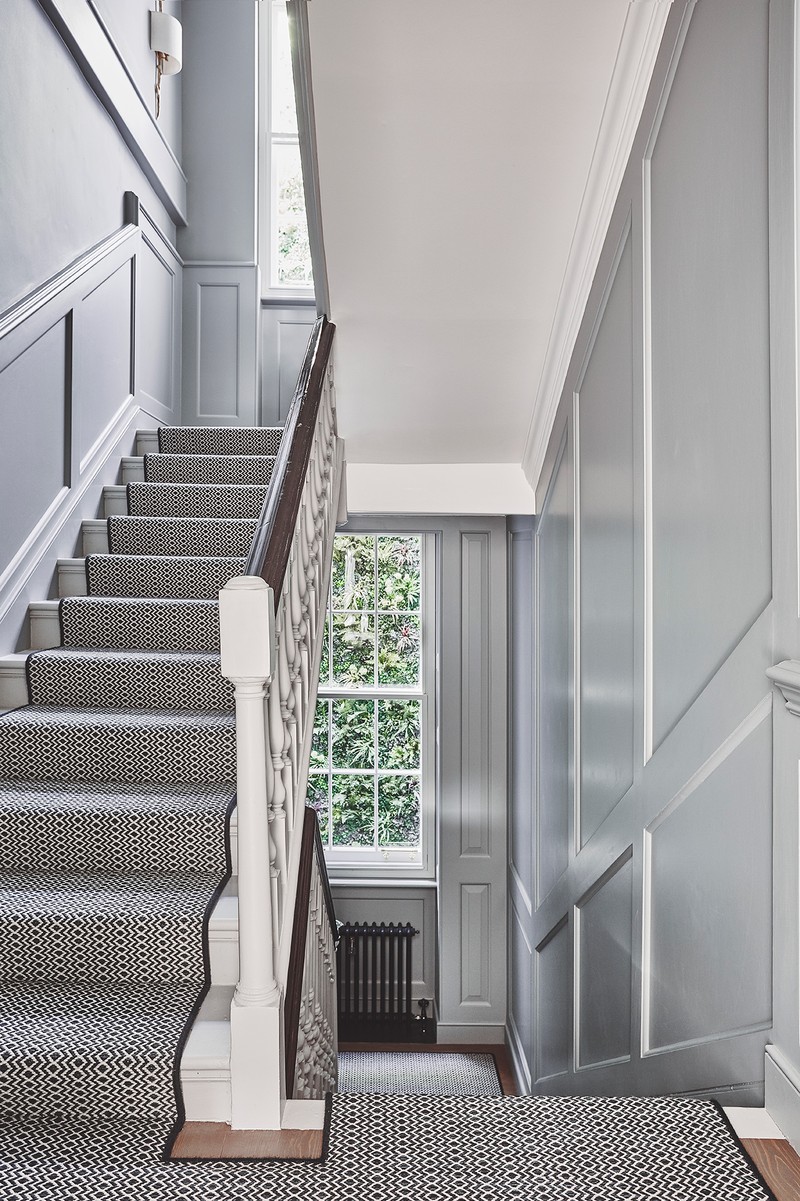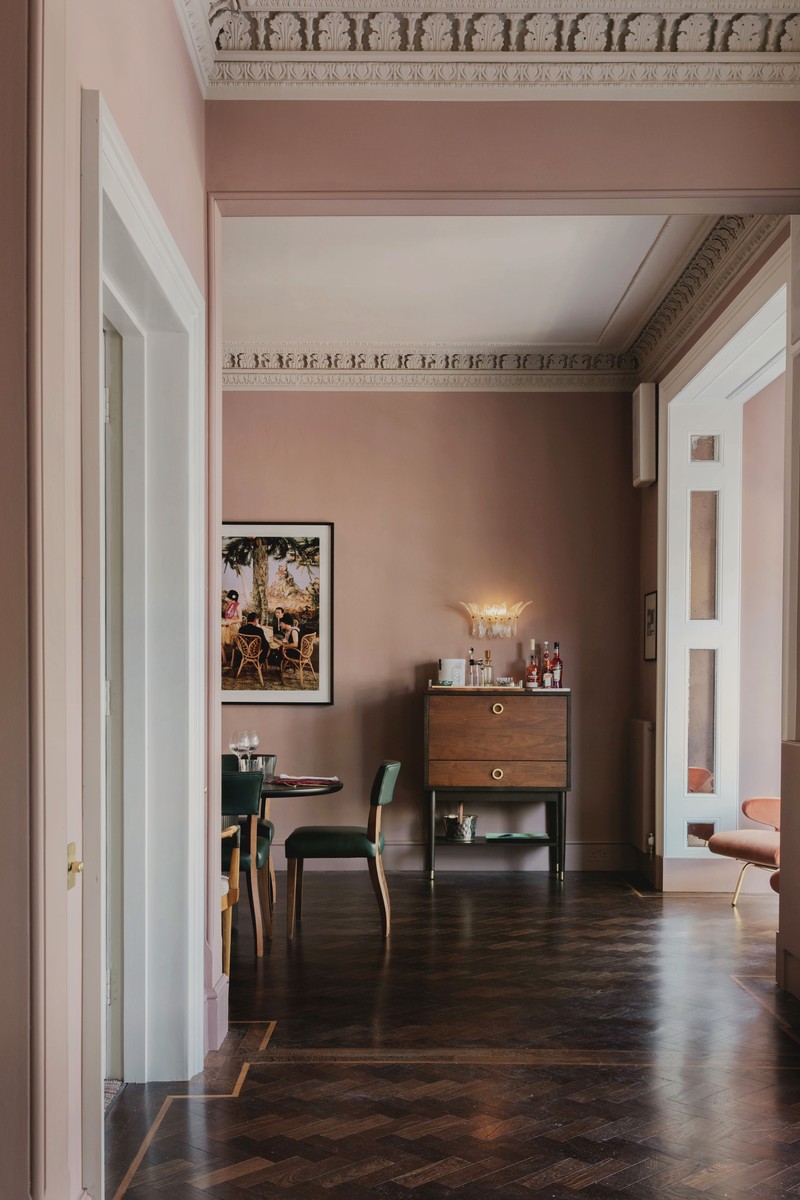How & Where To Buy Period Features
It’s Worth Knowing When To Reintroduce Period Features
“If previous renovations from past owners have removed period features in an historic property, it’s always worth looking at whether you could reinstate them. Many of these features are often a good way to hide something, such as cornice plasterwork covering the uneven joints from wall to ceiling, so depending on what else you plan to do to the space, they might not always be needed. That said, we’re currently working on a townhouse in Marylebone that had all its historic features removed – all of which we're carefully replacing.” – Sam McNally, director and co-founder of architectural design studio Echlin
There Is A Right Way To Choose Them
“While you should try to respect the period of your property, you don’t have to be a slave to it. The bones of the house are what counts. In a listed property, you should replace like for like, but there’s still plenty of scope to work within. For example, with Regency-type cornicing, there are a few different styles you can use, from corbel to the Sir John Soane’s ‘golf ball’. In a Victorian property, you can restore the original features, but it may be worth painting them in a fresher, more contemporary colour.” – Veere Grenney, designer
“It’s great to replace lost features and resurrect a building to its former glory. However, instead of trying to recreate everything perfectly, try to look at the blank canvas as an opportunity to create a new take, one that nods to the property’s history with certain elements but combines them with contemporary features and objects to redefine the space. Modern mouldings make a bold and perhaps more time-appropriate statement, but still with the same proportions as traditional mouldings.” – Rose Murray, founder of interior design studio These White Walls
“Purists will say everything should be replaced like for like but, provided the home is not listed or protected, there is room for personal taste and decisions which are made relative to budget. At the end of the day, it’s your home and your money, so don't feel you should have to live with something you don't like. In a recent project in Notting Hill, we reinstated the cornice and skirting in the historic parts of the home but omitted ceiling roses to ensure it felt contemporary.” – Sam
“When you’re exploring your options, remember that what was there initially might not necessarily have been original anyway. Think about proportions and, ideally, stick to the same period if you want to stay true to the style of the house.” – Anna Hewitson, interior designer
There Are Some Rules To Follow
“When it comes to period features, think about how they will work together and, if you’re using two or more in the same room, make sure they complement one another. It’s also worth keeping the details relatively consistent around the house so nothing jars.” – Anna
“Make sure to get the height right for the scale of the room, too. For example, place dado rails at a correct height to stop dining chairs scraping the walls. Picture rails can be dictated by larger prices of art, with the smaller frames lowered on chains to balance them out. As for ceiling roses, I say go as big and bold as you want.” – Rose
“There are lots of books and resources out there from which to take inspiration and discover what your home might have looked like originally. For instance, historically, there was often a hierarchy of rooms – the entrance hall and front living areas would have had the most decoration, and rooms would get plainer as you moved away from the areas which guests would typically see. These days, things have changed, and you might entertain more in your kitchen, so it's worth considering how strictly you want to stick to the old rules. Materiality is also key to properly restoring a historic home. It’s usually best to use traditional materials and methods, such as plaster rather than polystyrene and lime-based paints. These materials allow properties to move and breathe, and also help prevent issues like damp.” – Sam
You Need To Be Careful With New Builds
“When it comes to newer properties, instead of automatically adding random period features, draw your inspiration from the local area and its history, and try to reinterpret that in a modern way. In a Rathbone Square penthouse project in Fitzrovia, we used heritage colours from the Bloomsbury Group to create a formal style drawing room in an open-plan, new-build space. All the modern furniture came from UK and international designers, alongside some of our own pieces. We’re sometimes scared of the ‘new’, but there’s so much inspiration online proving it’s possible to create completely new-build homes with soul and character.” – Sam
“Adding an antique fireplace into an otherwise contemporary scheme can emphasise the melding of two timeframes. Another way to celebrate the old in a new build is to keep the architecture simple and adorn the rooms with period furniture and furnishings, such as ornate armchairs, sculptures and objects that will stand out against a plainer backdrop.” – Rose
What You Need To Know About…
Architraves: Proportion is key, so make sure the width of the architrave is suitable relative to the width of the door. The colour you paint these, and the surrounding woodwork, makes a big difference to the feel of the room. Traditionally, people opt for white but, depending on the other colours you want to incorporate in the room, it might be worth painting them the same colour as the walls.
Cornicing: The level of detail and scale of cornicing can vary dramatically, so think about the level of formality you want to create. Many historic homes, particularly in cities, have increased in value and wouldn't necessarily have been designed as an expensive property. Sometimes, to remain true to the property’s heritage, it’s not worth overcomplicating the period features.
Ceiling Roses: Ceiling roses need to sit well in relation to the cornice. In short, if you have a decorative cornice, you can opt for a similar, decorative ceiling rose. Ceiling roses can be lovely but they’re usually only appropriate in very historic homes where you want to emphasise the period charm. Only reinstate one if you can afford a good-quality plaster specialist.
Skirting Boards: Try to match the level of detail and scale with the age of the property. Make sure the height is in proportion with the height of the room.
Picture & Dado Rails: Make sure they are appropriate for the room and consider the colour carefully. You don't have to follow any specific rules, but it's worth thinking about whether you actually want to bring them back into a space.
Some expert-recommended sources…
DISCLAIMER: We endeavour to always credit the correct original source of every image we use. If you think a credit may be incorrect, please contact us at info@sheerluxe.com.
